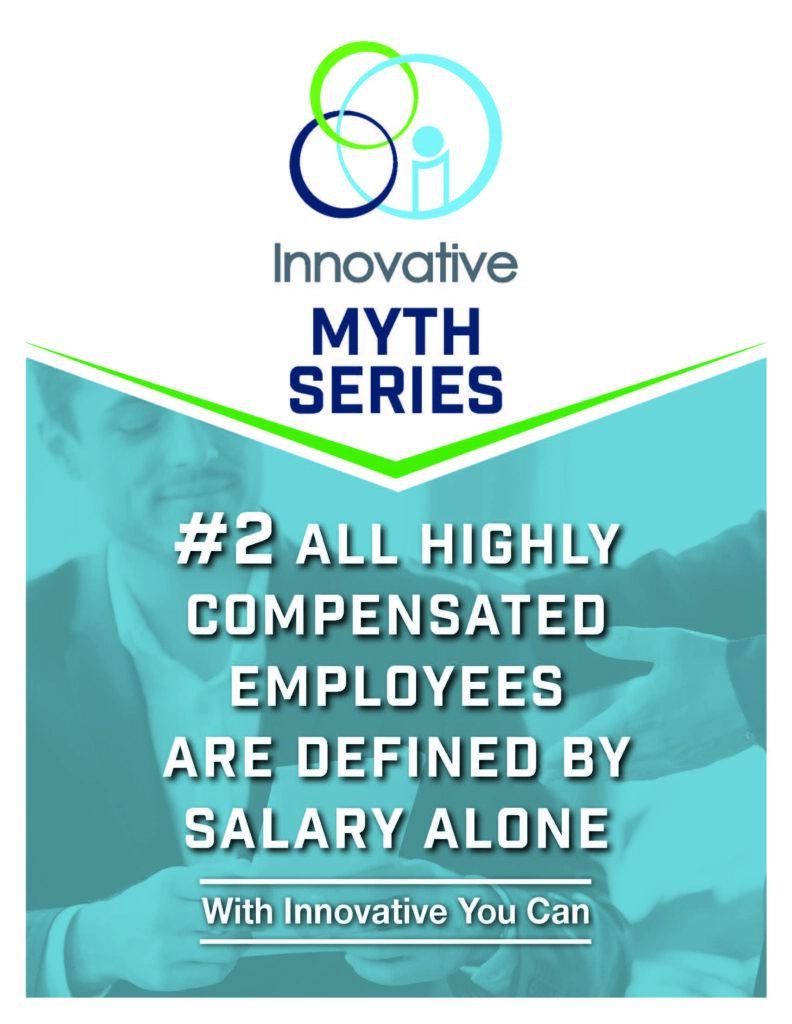401k Employer Match Rules For Highly Compensated Employees Total employee and employer contributions including forfeitures the lesser of 100 of an employee s compensation or 66 000 for 2023 61 000 for 2022 58 000 for 2021 not including catch up elective deferrals of 7 500 in 2023 6 500 in 2021 and 2022 for employees age 50 or older IRC section 415 c
Key Takeaways The Internal Revenue Service IRS has several income limits that apply to 401 k plans Some 401 k limits apply to highly compensated employees HCEs who earn more than Can I afford a match Offering a retirement plan with a match may be less expensive than you think With modern providers a 401 k for an entire company may cost less than a single employee s health insurance
401k Employer Match Rules For Highly Compensated Employees

401k Employer Match Rules For Highly Compensated Employees
https://www.molholaw.com/images/kane-county-executive-employment-lawyer.jpg

401k Limits For Highly Compensated Employees
https://www.paystubsnow.com/wp-content/uploads/401k-Limits.jpg

Average 401k Employer Match YouTube
https://i.ytimg.com/vi/IfDzHBnpgto/maxresdefault.jpg
The 401 k contribution limits for 2023 are 22 500 or 20 500 in 2022 or 30 000 or 27 000 in 2022 if you re 50 or older HCEs may be able to contribute up to these limits or they may not Tax advantages Two of the tax advantages of sponsoring a 401 k plan are Employer contributions are deductible on the employer s federal income tax return to the extent that the contributions do not exceed the limitations described in section 404 of the Internal Revenue Code
Generally employees with compensation of 150 000 or more from the employer in the prior year are considered highly compensated for 2023 135 000 for 2022 130 000 for 2021 and for 2020 125 000 for 2019 120 000 for 2015 2016 2017 and 2018 subject to cost of living adjustments Your employer may elect to match 100 of your contributions up to a percentage of your total compensation or to match a percentage of contributions up to the limit Though the total limit on
More picture related to 401k Employer Match Rules For Highly Compensated Employees

Retirement Myth All Highly Compensated Employees Are Defined By Salary
https://ibpllc.com/wp-content/uploads/2021/09/Myth-2_Page_1-792x1024.jpg

Highly Compensated Employees Refunds
https://401kbizresource.files.wordpress.com/2016/03/hce-1.png?w=540

What Is A Highly Compensated Employee Definition 401 k Rules
https://www.patriotsoftware.com/wp-content/uploads/2017/11/highly-compensated-employee-1024x576.jpg
Another rule new for 2024 allows employers to offer emergency savings accounts tied to their 401 k style programs In fact employers can enroll workers automatically and take out up to 3 of 401 k Employee Contribution Limits for HCEs Generally a 401 k participant can contribute up to 22 500 to a 401 k in 2023 20 500 in 2022 Employees 50 years and older are also allowed a catch up contribution of 7 500 6 500 in 2022 These amounts do not yet include matching contributions from employers
But if you make 150 000 and you re planning to max out your contribution at 23 000 you may find that you can only contribute 9 000 That s 6 of your 150 000 salary This is how the HCE provisions can limit 401 k plan contributions by highly compensated employees The most common 401 k matching contribution is an employer contribution of 50 cents for each dollar an employee contributes up to 6 of the employee s pay This is typically considered a generous matching contribution since the average matching contribution is 4 7 of an employee s salary

What Is The Maximum Employer 401k Contribution For 2020 401kInfoClub
https://www.401kinfoclub.com/wp-content/uploads/retirement-plan-contribution-limits-will-increase-in-2020-ward-and.jpeg

Why You Should Get The Full 401K Employer Match Savoteur
https://savoteur.com/wp-content/uploads/2019/08/401K-match-1024x536.jpg
401k Employer Match Rules For Highly Compensated Employees - Generally employees with compensation of 150 000 or more from the employer in the prior year are considered highly compensated for 2023 135 000 for 2022 130 000 for 2021 and for 2020 125 000 for 2019 120 000 for 2015 2016 2017 and 2018 subject to cost of living adjustments